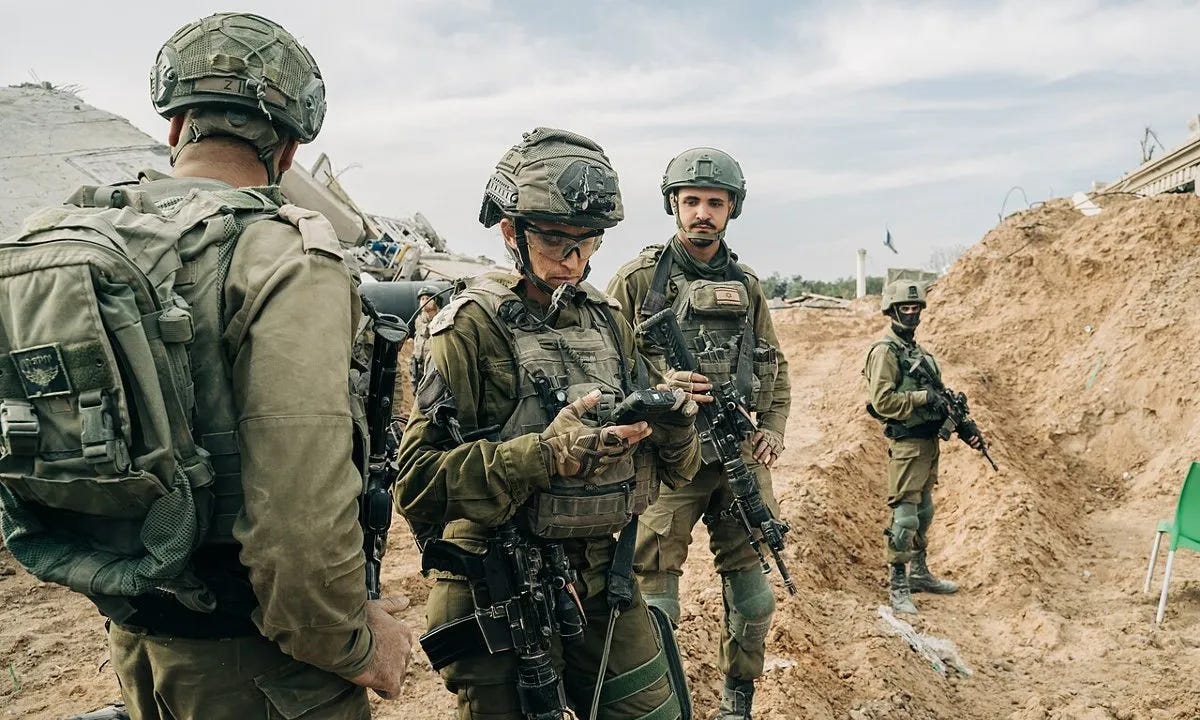The Illusion of Halt: What Ceasefires Don’t Tell You About Power?
Let’s talk about those ‘peace deals’ we hear about. While they offer a moment of relief, I believe they often hide the deeper power struggles and global interests that keep conflicts simmering. Join me as we unpack what a ceasefire truly means for long-term peace.
A Moment to Breathe, or a Deeper Deception?
You know that feeling when the news flashes ‘ceasefire’? There’s an immediate, visceral sense of relief, isn’t there? A pause in the unimaginable suffering. The recent agreement between Israel and Hamas, with talks of hostage exchanges and troop withdrawals, brought that feeling to many. But I’ve come to understand that these moments, while desperately needed, can also be deeply deceptive. They can lull us into believing a true resolution is at hand, when in reality, they might just be shifting the pieces on a much larger, more enduring chessboard of power and control. It’s like putting a band-aid on a gaping wound and calling it healed.
Who Truly Wins When the Guns Go Silent?
When we look closer at the details, the narrative of ‘peace’ starts to fray. Yes, Israeli troops are to pull back from urban areas in Gaza for a time. But crucially, they retain control over more than half the territory. This isn’t an equal exchange; it’s a temporary rearrangement within an existing structure of dominance. I can’t help but think of Hannah Arendt’s insights on power, where she observed that true power emerges from collective action, not just the exercise of force. When one side dictates the terms of ‘peace’ while maintaining significant control, the underlying power imbalance isn’t resolved; it’s merely camouflaged for a season. The displaced Palestinians returning to ruined homes aren’t finding peace; they’re finding the bitter aftermath of an unresolved conflict.
The Puppet Masters and the Promises
Then there’s the role of external players. When President Trump announced US involvement in brokering this deal, it highlighted how international influence shapes these outcomes. While often presented as impartial efforts to bring peace, these interventions frequently have their own geopolitical motivations. They can solidify existing power structures rather than challenging them. It makes me wonder: are these deals truly about enduring peace for the people on the ground, or about managing regional stability in a way that serves the interests of global powers?
Political realism, though not always pretty, reminds us that states act primarily out of self-interest, not out of altruism, even when brokering peace.
– E.H. Carr
Go Deeper
Step beyond the surface. Unlock The Third Citizen’s full library of deep guides and frameworks — now with 10% off the annual plan for new members.
Beyond the Headline: What We Miss About ‘Resolution’
The danger here is that we, the observers, get caught in a cycle of hope and disappointment. We see a ceasefire, we exhale, and then we wait for the inevitable breakdown, without ever truly confronting the systemic issues. This cycle perpetuates suffering and prevents real progress. To me, genuine peace isn’t just the absence of war; it’s the presence of justice, equity, and self-determination. It demands we look beyond the temporary halts in violence and ask the harder questions about who holds power, why, and how that power is used. Only then can we move beyond the illusion of peace towards something truly sustainable.
Peace is not merely the absence of war; it is the presence of justice.
– Martin Luther King Jr.



